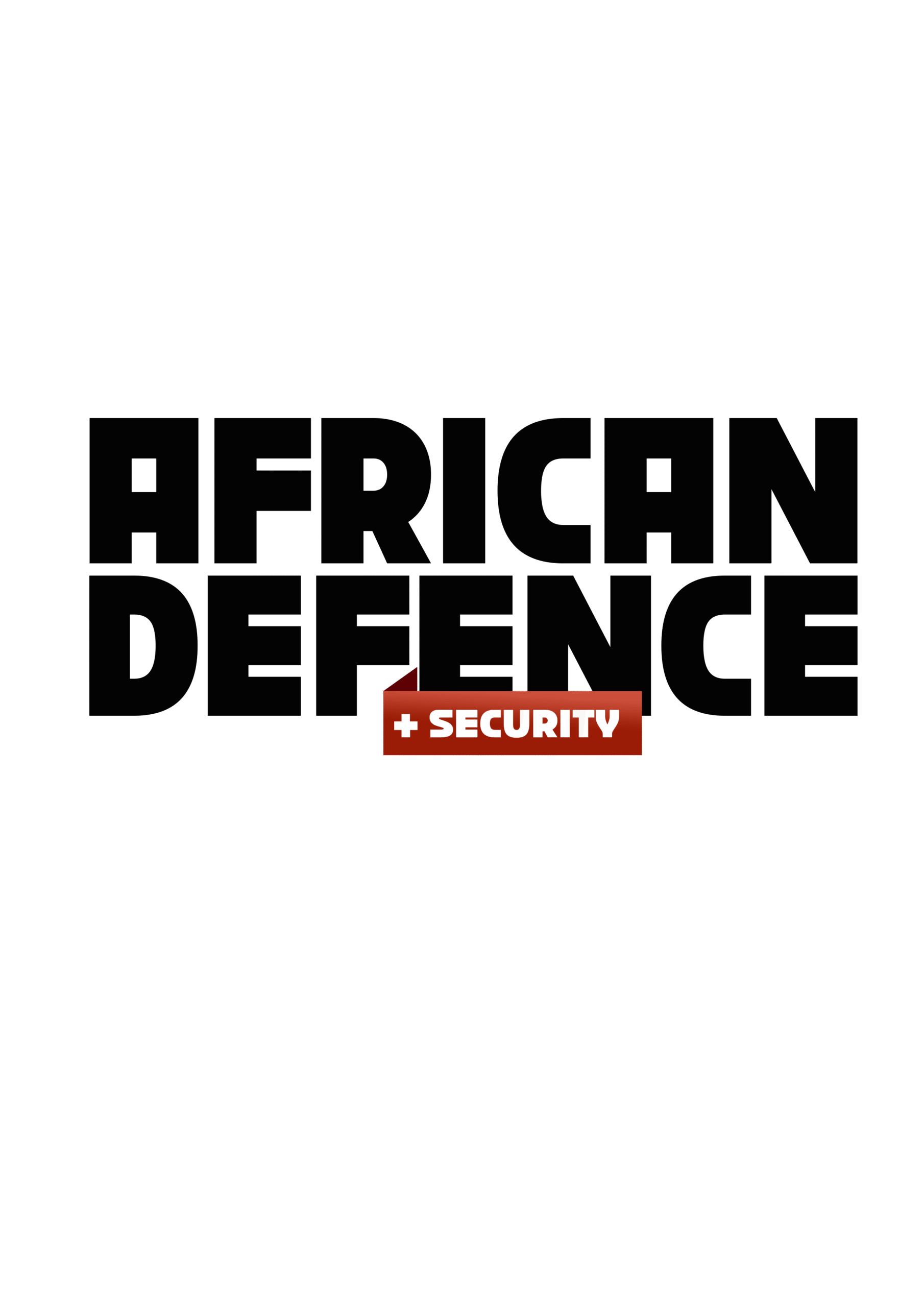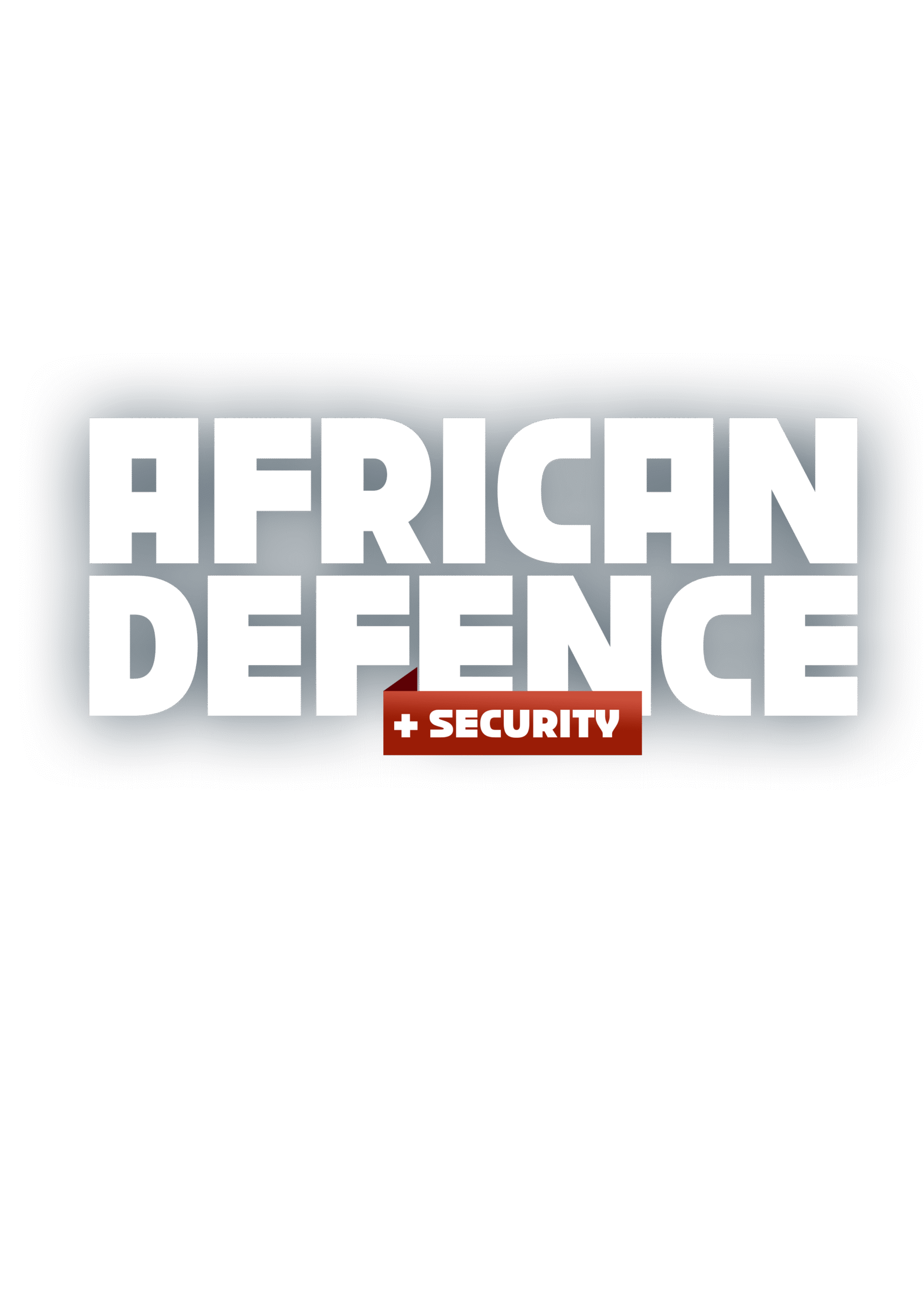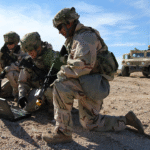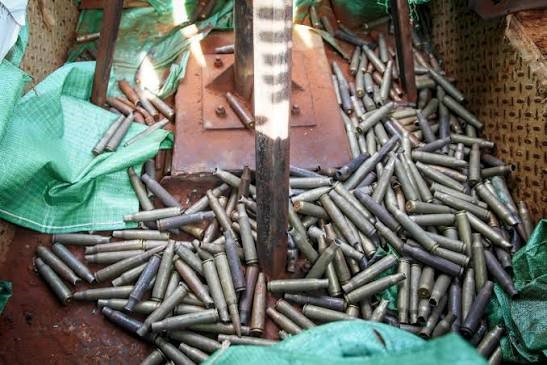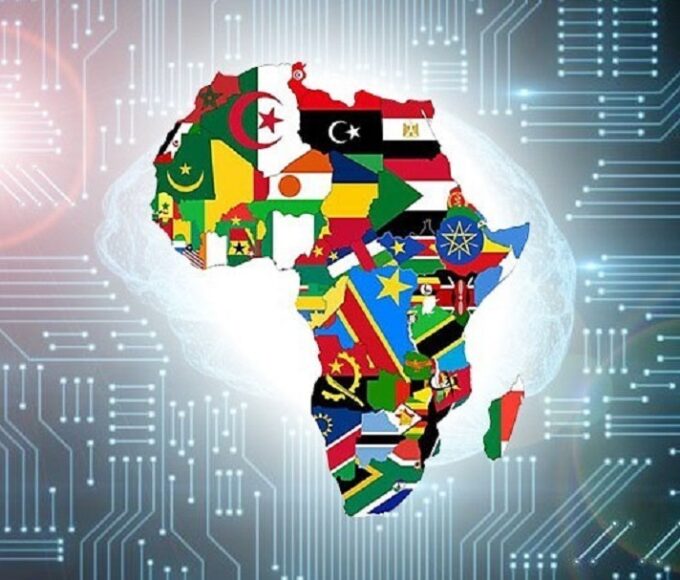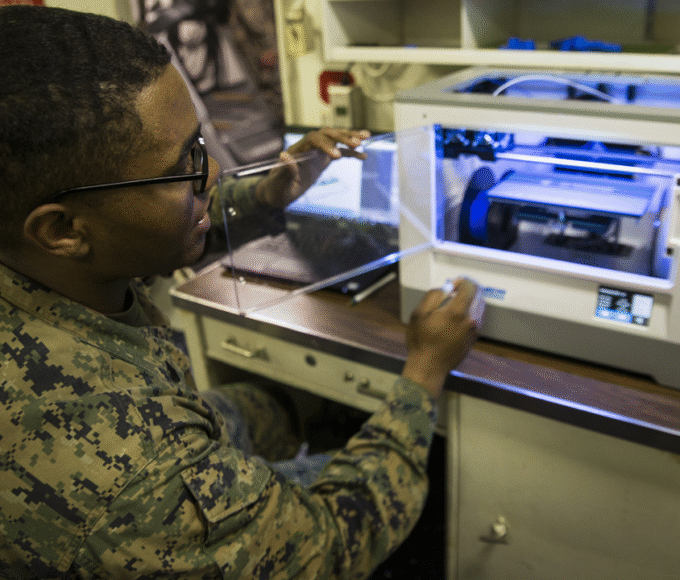The Insurgency That Won’t Die: Unmasking the Sahel’s Security Conundrum
In recent years, France’s presence has waned amid mounting unpopularity, culminating in a withdrawal of its forces from Mali, Burkina Faso, and other Sahel countries.

The Sahel region of Africa, stretching from Senegal to Eritrea and lying between the Sahara Desert and the tropical belt, has become one of the most complex and persistent security challenges of the 21st century. Countries like Mali, Niger, Burkina Faso, and others face a relentless jihadist insurgency, compounded by poverty, and regional instability. As violence spreads and international efforts falter, understanding the root causes, evolving dynamics, and geopolitical implications of the Sahel crisis is essential for crafting effective solutions.
The Persistent Insurgency and Its Drivers
At the heart of the Sahel’s security conundrum are armed Islamist groups such as Jama’at Nusrat al-Islam wal Muslimeen (JNIM), affiliated with al-Qaeda, and the Islamic State Sahel Province (ISGS). These groups engage in attacks against military, civilian, and international targets, often controlling territory and exerting social influence over rural populations. Despite their operational strength, these militants have yet to capture major cities or fully dismantle state authority—an indication of their limitations and the resilience of national armies.
The insurgency’s roots are deeply embedded in the region’s socio-political landscape. Decades of weak governance, corruption, and political instability have created fertile ground for extremism. The collapse of Libyan state institutions after 2011 flooded the region with weapons and fighters, fueling rebellions and inter-communal conflicts. Ethnic tensions, land disputes, and resource scarcity exacerbate violence, often turning local conflicts into broader insurgencies.
Moreover, climate change has accelerated environmental degradation, shrinking arable land and water sources, which heightens competition among herders, farmers, and fishing communities. These tensions are exploited by extremist groups to deepen their influence, recruit fighters, and justify their insurgent activities. The humanitarian toll—displacement, food insecurity, and poverty—further impoverishes communities, making them more susceptible to militant influence.
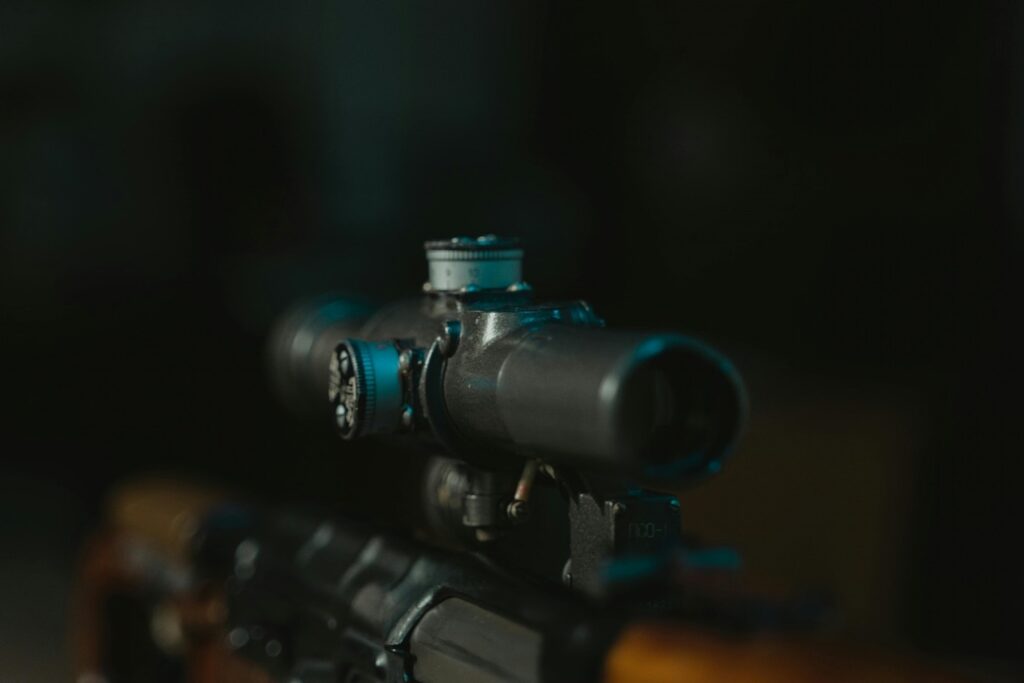
The Sahel region of Africa, stretching from Senegal to Eritrea and lying between the Sahara Desert and the tropical belt, has become one of the most complex and persistent security challenges of the 21st century. Countries like Mali, Niger, Burkina Faso, and others face a relentless jihadist insurgency, compounded by poverty, and regional instability. As violence spreads and international efforts falter, understanding the root causes, evolving dynamics, and geopolitical implications of the Sahel crisis is essential for crafting effective solutions.
The Persistent Insurgency and Its Drivers
At the heart of the Sahel’s security conundrum are armed Islamist groups such as Jama’at Nusrat al-Islam wal Muslimeen (JNIM), affiliated with al-Qaeda, and the Islamic State Sahel Province (ISGS). These groups engage in attacks against military, civilian, and international targets, often controlling territory and exerting social influence over rural populations. Despite their operational strength, these militants have yet to capture major cities or fully dismantle state authority—an indication of their limitations and the resilience of national armies.
The insurgency’s roots are deeply embedded in the region’s socio-political landscape. Decades of weak governance, corruption, and political instability have created fertile ground for extremism. The collapse of Libyan state institutions after 2011 flooded the region with weapons and fighters, fueling rebellions and inter-communal conflicts. Ethnic tensions, land disputes, and resource scarcity exacerbate violence, often turning local conflicts into broader insurgencies.
Moreover, climate change has accelerated environmental degradation, shrinking arable land and water sources, which heightens competition among herders, farmers, and fishing communities. These tensions are exploited by extremist groups to deepen their influence, recruit fighters, and justify their insurgent activities. The humanitarian toll—displacement, food insecurity, and poverty—further impoverishes communities, making them more susceptible to militant influence.
International and Regional Dynamics
The international response to the Sahel crisis has seen fluctuating engagement. France led the initial intervention with Operation Serval in 2013, later expanded into Operation Barkhane, deploying thousands of troops across the region. The United States and the European Union also contributed advisory, logistical, and humanitarian support. However, these efforts have faced mounting challenges, including local discontent, allegations of human rights abuses, and neocolonial interference.
In recent years, France’s presence has waned amid mounting unpopularity, culminating in a withdrawal of its forces from Mali, Burkina Faso, and other Sahel countries. This vacuum has allowed insurgents to expand their reach, especially as regional militaries grapple with their political crises—many of which involve repeated coups and authoritarian shifts. Countries like Mali, Burkina Faso, and Niger have experienced military takeovers, citing the failure of civilian governments and international efforts to stabilise the region.
Russia’s Emergence and the Geopolitical Rivalry
A significant development has been Russia’s growing influence in the Sahel. The Wagner Group, a private military company linked to the Kremlin, has deployed mercenaries to Mali and reportedly other countries, offering security assistance, training, and support against insurgents. Burkina Faso and Mali military leaders, frustrated with Western support and intervention, have sought closer ties with Moscow, expelling French forces and signing security agreements with Russia.
This shift signifies a broader geopolitical contest—what some analysts describe as a new Cold War in Africa—pitting Western liberal democracies against authoritarian regimes backed by Russia and China. While Russia’s role is primarily security-oriented, its presence raises questions about long-term stability, sovereignty, and the potential for further polarisation.
The Role of Local Populations and Radicalisation
Despite the high-profile violence, most people in the Sahel are not radicalised or sympathetic to insurgent ideologies. Support for jihadist groups tends to be circumstantial, rooted in economic deprivation, insecurity, and grievances against state and foreign actors. Many recruits join these groups out of necessity—seeking protection, livelihood, or revenge—rather than ideological commitment.
Research indicates that radicalisation in the Sahel is often a social process, linked to local contexts rather than religious extremism per se. The insurgencies exploit local vulnerabilities, but the majority of the population desires peace and stability. This nuance is crucial for designing countering violent extremism (CVE) programs that address material grievances and promote inclusive development.
The Challenge of Governance and Regime Legitimacy
The political landscape in the Sahel is characterised by fragility and frequent coups. Military rulers claim to restore order and sovereignty, often invoking anti-colonial rhetoric and international interventions as neocolonialism. In Mali, Burkina Faso, and Niger, regimes under military control enjoy significant popular support.
Youthful Nationalism and Urban Support for Military Regimes
In urban centres, disenfranchised youth express their frustrations through protests, often anti-French and pro-military sentiments. Symbols like Russian flags and slogans against Western powers reflect sentiments of resistance and a desire for sovereignty.
The Future: Limits of Russian Influence and the Path Forward
Russia’s current influence in the Sahel hinges on military aid, but it cannot substitute for comprehensive development and governance reforms. Its capacity to deliver long-term stability is limited, especially as Western countries reevaluate their commitments. The eventual decline of Russia’s “moment” in the region is inevitable if it cannot provide economic opportunities or political stability.
Europe’s challenge is to rebuild trust and develop a nuanced strategy that balances security with development. Recognising that most people are not radicalised and that grievances are rooted in material deprivation offers a pathway to effective engagement. Support for good governance, inclusive economic growth, and regional cooperation—rather than solely military solutions—are critical.
Conclusion
The Sahel’s insurgency is a complex, multifaceted crisis that resists simple solutions. International efforts have so far failed to stem the tide of violence, and regional politics further complicate the picture. Russia’s rising influence adds a new dimension, but it is unlikely to provide a sustainable solution.
Long-term peace and stability depend on addressing the root causes—poverty, governance deficits, climate change, and social inclusion—and fostering regional and international cooperation based on mutual respect and shared interests. The challenge remains formidable, but understanding the nuanced realities of the Sahel is the first step toward crafting policies that can finally turn the tide of this unending insurgency.
Recent Posts
Categories
- Air & Aerospace16
- Border Security15
- Civil Security4
- Civil Wars4
- Crisis5
- Cyber Security8
- Defense19
- Diplomacy19
- Entrepreneurship1
- Events5
- Global Security Watch6
- Industry8
- Land & Army8
- Leadership & Training5
- Military Aviation5
- Military History27
- Military Speeches1
- More1
- Naval & Maritime9
- Resources2
- Security12
- Special Forces1
- Systems And Technology9
- Tech6
- Uncategorized3
- UNSC1
- Veterans6
- Women in Defence9
Related Articles
THE PUSH FOR MADE-IN-AFRICA AMMUNITION AND SMALL ARMS
For decades, Africa’s security has rested on foreign supply lines. More than...
ByKing Richard Igimoh, Group Editor ALONovember 4, 2025AFRICA’S BLUE ECONOMY: UNLOCKING A WAVE OF SUSTAINABLE GROWTH
Africa’s blue economy represents one of the continent’s most promising frontiers for...
ByKing Richard Igimoh, Group Editor ALOOctober 3, 2025SYSTEMS & TECHNOLOGY – 3D PRINTING AND AFRICA’S DEFENCE INDUSTRY REVOLUTION
In modern warfare, where speed and adaptability can determine survival, 3D printing...
ByKing Richard Igimoh, Group Editor ALOOctober 1, 2025Sudan’s Mining Revival Begins with Russia, Putting African Resource Control in Focus
Sudan is betting on rocks—and maps—to rebuild its economy. The country has...
Byadmag_adminMay 31, 2025